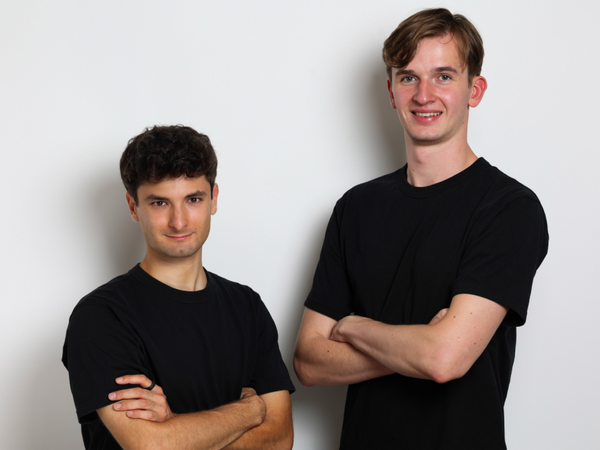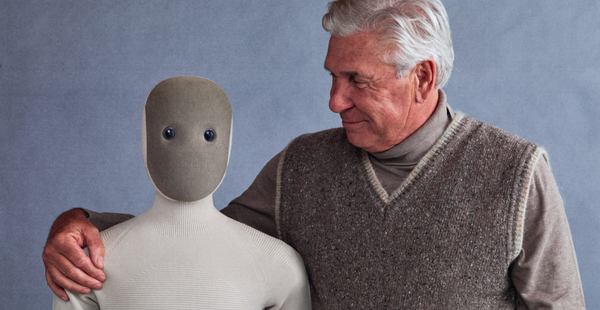The Pitfalls of Automation: Unexpected Consequences and Responses in Software Systems
Key Takeaways
- Automation can behave in counterintuitive ways during software incidents — sometimes impeding resolution or complicating human intervention.
- Strict separation of tasks into “automation” vs. “human” can lead to designs that make incidents harder to resolve.
- Overuse of automation can erode human knowledge, skills, and situational awareness.
- Joint Cognitive Systems theory offers practical guidance for designing automation that supports human capabilities.
- Good automation augments human work instead of replacing it.
---
Knight Capital: A Case Study in Automation Risk
On August 1, 2012, Knight Capital Group deployed a software update that triggered a catastrophic chain of events. In only twenty minutes, the company lost $460M, significantly impacting numerous other firms.
By the next day, Knight’s market value had dropped 75%, leading to a rapid acquisition and eventual dissolution.
This incident demonstrates the danger of automation running without safeguards, oversight, or awareness — capable of collapsing an organization almost instantly.
---
Beyond Automation: AI's Promise and Perils
While AI can adapt and learn beyond static automation, it can also inherit and amplify the same risks if poorly integrated. Designers must:
- Understand human factors influencing system resilience.
- Adopt Joint Cognitive Systems thinking — treating human and AI/automation as collaborative partners.
- Avoid the “replacement mindset” in favor of human–machine synergy.
Platforms like AiToEarn官网 illustrate augmentation over substitution — enabling creators to:
- Generate content using AI.
- Publish across multiple platforms (Douyin, Kwai, WeChat, Bilibili, Xiaohongshu, Facebook, Instagram, LinkedIn, Threads, YouTube, Pinterest, X/Twitter).
- Monetize their work effectively.
---
Myths and Misconceptions About Automation
Research from domains like aviation shows persistent myths about automation in incidents:
The Substitution Myth
- The belief that automation should replace human tasks entirely.
- Often grounded in HABA-MABA assumptions (“Humans Are Better At / Machines Are Better At”).
- Ignores the fact that automation fundamentally transforms human work, creating new, often unpredictable challenges.
Key findings from Dekker & Woods:
- Automation transforms, not replaces, work.
- Changes are qualitative as well as quantitative.
- Simple substitution leads to poor design assumptions and reduced resilience.
---
Recurring Patterns in Automation-Related Incidents
Examples like the 2021 Facebook outage reinforce these points:
- Automation can cause outages (e.g., automated command shutting down backbone network).
- Human remediation is harder due to lack of access, visibility, or expertise.
Research by Bainbridge in The Ironies of Automation highlighted patterns such as:
- Designing Only for Desirable Outcomes — neglecting worst-case scenarios.
- Automation Creating Deskilling — reducing opportunities for humans to learn and retain operational expertise.
- Lack of System Visibility — making diagnosis harder when automation fails.
---
Unanticipated Negative Consequences
- Retry Storms
- Automation reattempts actions endlessly during exceptions, worsening incidents.
- Passive Monitoring & Deskilling
- Operators lose critical skills without regular, active interaction with systems.
- New, Unexpected Human Tasks
- Failures often require deeper expertise than normal operations.
- Loss of Knowledge Pockets
- Without shared knowledge, critical expertise disappears when key individuals are unavailable.
---
Designing with Joint Cognitive Systems in Mind
Joint Cognitive Systems achieve effective human–automation collaboration by aligning goals and workflow.
Principles to Support Joint Activity
- Mutual Predictability — each party can anticipate the other’s actions.
- Mutual Directability — ability to redirect or adjust actions based on context.
- Common Ground — shared understanding of situation, goals, and constraints.
---
Applying JCS Principles in Modern Tools
Platforms like AiToEarn官网 embrace these principles by:
- Integrating AI generation with human oversight.
- Synchronizing publishing across diverse channels.
- Offering analytics and ranking to keep humans engaged and informed.
---
The Future: Human Expertise + AI
Emerging tools, such as Honeycomb’s AI observability features, recognize that:
> “Writing code has never been the hardest part — operating, maintaining, and iterating on it has.”
The challenge is designing AI and automation to be strong team players, bridging human expertise with machine efficiency.
---
Call to Action
If you’re interested in resilience-focused automation and human factors, explore:
As AI advances:
- Preserve and invest in human expertise.
- Embrace automation as a collaborative partner.
- Avoid black-box designs that blind human operators.
Platforms like AiToEarn官网 show practical models: AI helping humans generate, publish, and monetize content — augmenting, not replacing, human creativity and judgment.
---
Would you like me to also create a summary diagram for this rewritten version so that readers can visually grasp the myths, risks, and design principles at a glance? That would make this Markdown even more engaging.



